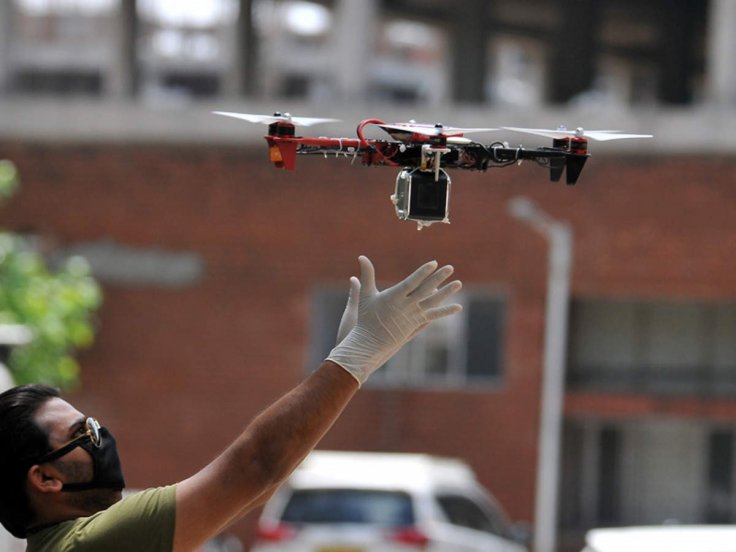
The COVID-19 pandemic has brought health inequities to worldwide attention. It has highlighted the need to deliver high-quality healthcare to all, even in inaccessible locations.
As per Global Market Insights, the medical drones market was valued at $88 million in 2018 and will reach the benchmark of around $399 million by 2025.
Across the globe, government authorities and private organizations have realized the capabilities of unmanned vehicles and arestriving to utilize them in a variety of ways for ensuring easy access of healthcare servicesto all. Nowadays, autonomous vehicles are assisting in offeringtele-health services to a number of remote areas.Leveraging the technology, a number of nations are making the best possible use of drones.
Recently, the Ministry of Civil Aviation and Directorate General of Civil Aviation (DGCA) in India permitted ICMR to collaborate with IIT Kanpur for conducting a study on Covid-19 vaccine delivery using drones and perform trials. On the other hand, Matter Net, a drone company in Silicon Valley, is transporting blood samples from remote community medical clinics to large hospitals using autonomous vehicles.
To automate organ transplant delivery in emergency situations, a few years back, EHang, a Chinese drone company, signed a contract with Lung Biotechnology PBC for developing drones. Several public and private organizations are persistently working on delivering telemedicine drones. Taking a lesson from previous challenges like unavailability of ambulances on time and the patients being left stranded, several companies are envisioning the drones to be guided by GPS and becoming able enough to drop off equipment in case of medical emergencies.
Industry experts at Wynyard Autonomous believe that the use of these vehicles will certainly enhance the healthcare sector. As people living in the rural and underdeveloped areas of the world still lack access to basic healthcare facilities, this technology will bridge the gap and widen the horizons of the medical industry.









